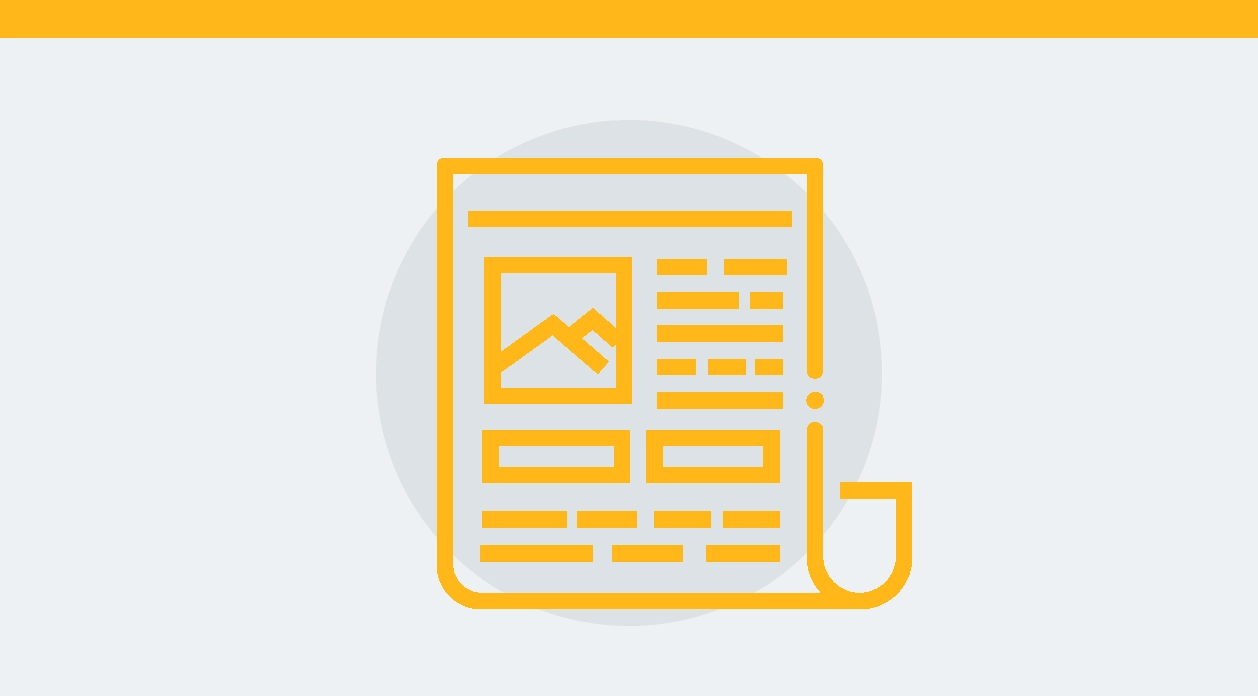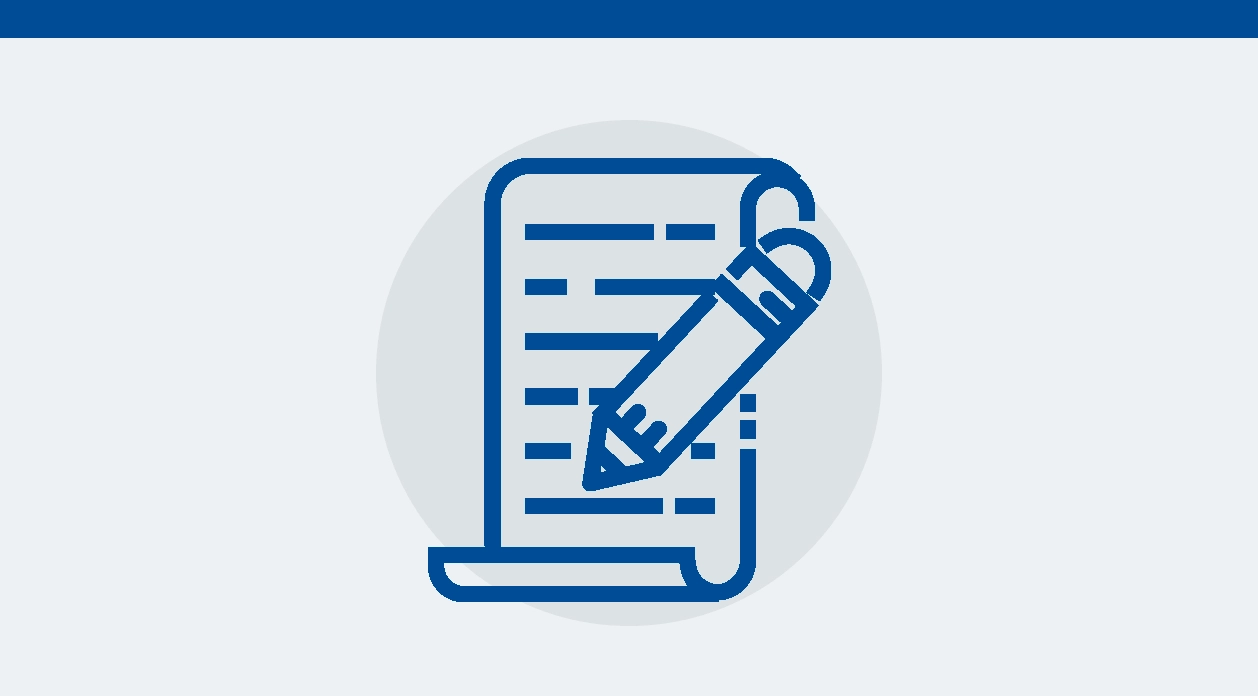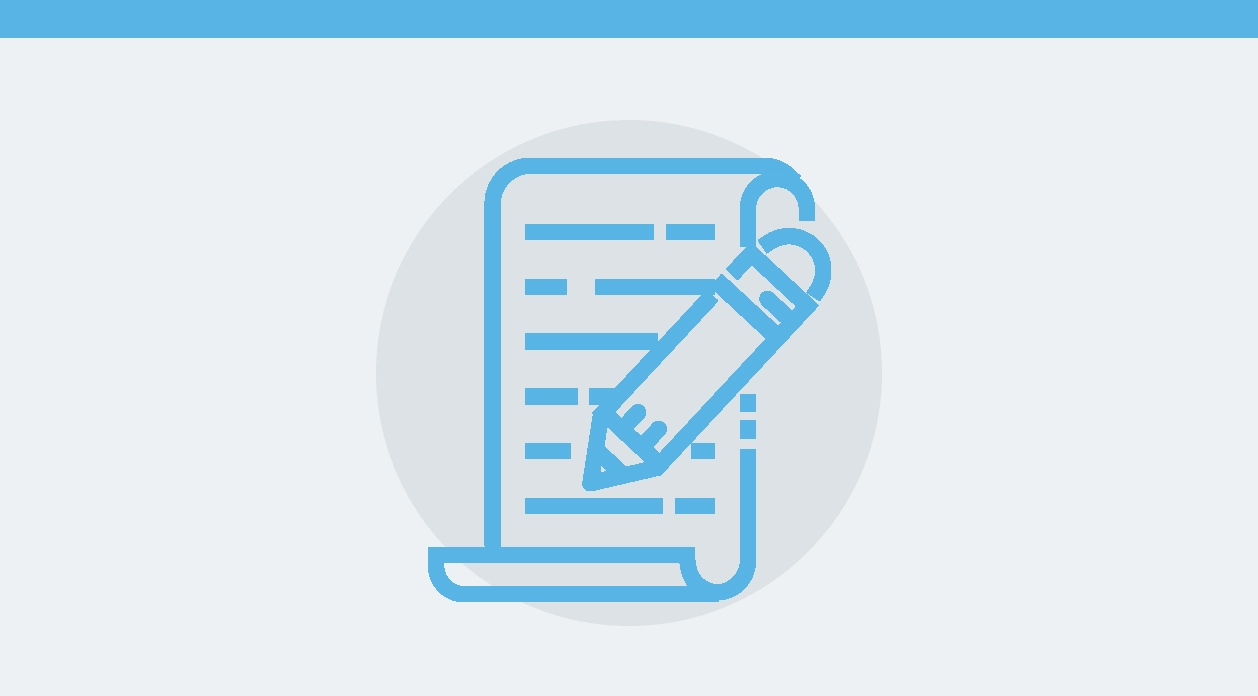Making sure your facility is current and up-to-date is not only trying, it is also unending. Facing shortages of both time and money are challenges that touch everyone. That said, cost data and streamlined procurement solutions offer avenues to ease the strain of these difficulties.
Conducting a facilities condition audit offers the first step toward time and money savings.
A facility audit consists of a thorough listing of major equipment and systems. From there you assess the physical condition and functional performance of buildings, grounds, utilities and equipment.
The results of an audit are used to:
- Compare one facility’s condition to another
- Define regular maintenance requirements
- Define capital repair & replacement projects
- Develop cost estimates for identified projects
- Develop plans to restore obsolete facilities
- Eliminate potentially hazardous conditions
- Identify energy conservation measures
Ultimately, a proper facility audit will allow you to better estimate cost and prioritize projects. You can use your owner data, vendor data and published date (i.e. RSMeans Data) which provides a benchmark.
Life cycle costing is defined as an economic method of evaluating a project’s preventive maintenance, repair maintenance and capital renewal costs. These costs are added over the life of the project or a specific time frame.
Cost data can further help project building life cycle costs to allow for accurate budgeting and deferred maintenance avoidance.
When deferred maintenance is identified and prioritized, Job Order Contracting is an option to expedite procurement repairs. Job Order Contracting is a solution which allows you to put readily available contractors in place on a substantial number of projects with one competitively bid contract.
A mistake often made when prioritizing projects is using arbitrary age replacement.
An alternative approach is to apply a more skilled evaluation to replace or upgrade based on the condition which varies and is not necessary static and is not time based. This allows for comparing multiple life cycle costs and full understating of large future costs across multiple facilities which will provide planning of costs beyond a single facility and can allow for multi-facility cost analyses, which aids in better maintenance coordination.
Entities that own or manage multiple facilities of various ages could benefit from this level of detail in their own capital asset portfolio. Understanding where as well as when construction costs are going to occur can assist in the coordination of repairs.
The end game is better facilities. Leveraging cost data in conjunction with Job Order Contracting can go a long ways in making this end game a reality, all while saving time and money in both the short and long term.







